The art of brewing espresso can greatly change depending on how you grind your beans. By learning a few simple tips, even beginners can enjoy delicious espresso and elevate their daily coffee ritual to something truly special. In this article, we’ll break down the ideal grind and key points for selecting beans, so stick with us until the end!
Are you ready to dive into the rich world of coffee and fully experience the allure of espresso? Once you master the right grinding technique, you can enjoy authentic café-style espresso right at home. We hope the insights we share here will enrich your coffee journey.
- Discover the charm and history of espresso
- Understand the different types of grinds and their unique characteristics
- Learn essential tips for brewing delicious espresso
The Basics of Espresso: Finding the Perfect Grind
Espresso has captivated coffee lovers with its rich flavor and intense taste. However, brewing a delicious espresso hinges on the choice of beans and the grind size. In particular, the grind size plays a significant role in determining the espresso’s flavor profile. In this section, we’ll delve into the allure of espresso, its history, and the ideal bean selection process. Even beginners will find that understanding these elements opens up a world of enjoyment when it comes to espresso.
The Allure and History of Espresso
Espresso originated in Italy and is characterized by its bold flavor and creamy froth. This brewing method emerged in the late 19th century, designed to cater to the needs of busy people seeking a quick caffeine fix. To unlock the inherent flavors of coffee beans, a specific grind size is essential. The way you grind the beans can greatly alter the depth of flavor and aroma, making it crucial to learn the correct technique.
The charm of espresso goes beyond just its intensity. It serves as the base for various coffee drinks like cappuccinos and lattes, so mastering espresso can significantly broaden your coffee experience.
- Espresso is a rich coffee style that originated in Italy.
- A specific grind is necessary, impacting the flavor.
- Understanding espresso enhances your enjoyment of other coffee drinks.
Choosing Beans for Espresso
Selecting the right beans is vital for brewing a delicious espresso. Generally, dark-roasted beans are preferred for espresso. These beans enhance bitterness and richness, allowing for a fuller flavor experience. Alternatively, using medium-roasted beans can introduce fruity notes, offering a distinctive espresso experience.
The grind size also affects extraction time and water temperature. A finer grind increases the surface area that comes into contact with water during extraction, resulting in a more concentrated flavor. Finding the ideal grind size requires experimentation and practice.
- Dark-roasted beans are typically favored.
- Medium-roasted beans are recommended for those who enjoy fruity flavors.
- The grind size influences extraction time and overall taste.
Types of Coffee Grind and Their Characteristics
When it comes to brewing espresso, the grind of the coffee beans plays a crucial role. The way you grind the beans significantly affects the flavor and aroma of the espresso, so it’s essential for beginners to grasp this concept. In this section, we’ll take a closer look at the differences between coarse, medium, and fine grinds, and how each one impacts the taste of your espresso. This will help you find the grind that suits your palate, allowing you to enjoy a more delicious cup.
Differences Between Coarse, Medium, and Fine Grinds
There are three main grind styles for espresso: coarse, medium, and fine. Coarse grind involves breaking the beans into larger pieces, resulting in a longer extraction time and a generally milder flavor. On the other hand, medium grind strikes a good balance and is the most commonly used grind for brewing espresso. Fine grind, which grinds the beans very finely, extracts a rich and intense flavor, but it requires careful timing as the extraction time tends to be shorter.
Each grind has its own characteristics and is better suited for different coffee styles. When brewing espresso, it’s important to choose a grind that matches your taste preferences. Starting with a medium grind and gradually adjusting can be a great approach.
- There are three types of grinds: coarse, medium, and fine
- Coarse grind offers a mild taste, medium grind is well-balanced
- Fine grind provides a rich flavor but requires caution
How Grind Affects Flavor
The effect of grind size on espresso flavor is substantial. With a coarse grind, the smaller surface area of the beans means that water has more time to extract flavors during brewing. This results in a mild and light taste. However, the flavors may lack depth, making it less satisfying for those seeking the full richness of espresso.
In contrast, fine grind increases the surface area of the beans, allowing water to come into contact with more of the bean during extraction. This leads to a bolder and more robust flavor, but if the extraction time is too short, it can result in an overly bitter cup. Medium grind serves as a balance between these two extremes, effectively showcasing the true flavors of the espresso.
- The grind size significantly alters the flavor of espresso
- Coarse grind is mild and light, while fine grind is bold and robust
- Medium grind provides balance and enhances the espresso’s flavor
Tips for Brewing Delicious Espresso
To brew a truly delicious espresso, there are several key points to keep in mind. Understanding the ideal water temperature, extraction time, and the appropriate grind size for your brewing equipment can help you enjoy consistently high-quality espresso every time. In this section, we’ll dive into the details of what to watch out for when making espresso, so take notes!
Ideal Water Temperature and Extraction Time
When brewing espresso, the ideal water temperature generally falls between 90°C and 95°C (194°F to 203°F). This temperature range effectively extracts the beans’ flavors while maintaining a balance of bitterness and acidity. If the water temperature is too high, the espresso can become overly bitter, while water that is too cool won’t extract enough flavor. It’s a good idea to use a thermometer to keep things in check.
Extraction time is another critical factor. The ideal extraction time for espresso is around 25 to 30 seconds. Finishing the extraction within this timeframe allows you to enjoy a beautifully layered crema and a fragrant cup of espresso. If the extraction is too short, the flavor may be weak, while an extraction that runs too long can result in excessive bitterness, so some adjustments may be necessary.
- The ideal water temperature for espresso is between 90°C and 95°C
- Water that’s too hot brings out bitterness, while water that’s too cold loses flavor
- The ideal extraction time is 25 to 30 seconds
Grind Size Tips for Different Equipment
When making espresso, it’s also crucial to adjust your grind size based on the brewing equipment you’re using. For instance, if you’re using an espresso machine, a fine grind is the way to go. Grinding the beans finely ensures that the water makes proper contact with the coffee grounds during extraction, resulting in a rich and flavorful cup.
On the other hand, if you’re using a French press or drip coffee maker, a medium or coarse grind is more suitable. With these methods, coarser grinds allow for longer extraction times, which helps to fully develop the flavor. By matching the grind size to your brewing equipment, you can significantly enhance the quality of your espresso, so give it a try!
- Fine grind is essential for espresso machines
- Medium or coarse grind is suitable for French presses and drip coffee makers
- Adjusting grind size according to equipment improves espresso quality
The Future of Coffee Trends and the Evolution of Grinding Techniques
The world of coffee is constantly evolving, especially when it comes to the art of espresso grinding. Recently, there has been a growing interest in sustainable coffee, with a focus on environmentally-friendly bean selection and cultivation methods. Additionally, advancements in technology are significantly influencing the espresso experience. In this section, we’ll explore how these trends relate to the way we grind our coffee.
The Connection Between Sustainable Coffee and Grinding Techniques
As sustainable coffee gains more attention, it’s essential to consider how our choice of beans impacts our espresso experience. Organic and fair-trade coffee beans are grown using environmentally-conscious farming practices that support sustainable agriculture. By choosing such beans, you’re not only savoring delicious espresso but also making a positive choice for the planet.
When selecting sustainable beans, the grinding technique is also a crucial factor. To truly bring out the beans’ natural flavors, the right grind is essential. Sustainable beans often have unique flavor profiles, so experimenting with different grinding methods might lead to exciting new discoveries.
- Sustainable coffee is gaining attention.
- Organic and fair-trade beans are environmentally friendly.
- The right grind is necessary to highlight the beans’ individuality.
How Technology is Transforming the Espresso Experience
Technological advancements are opening up new possibilities for espresso grinding and brewing methods. For instance, smart coffee makers and digital grinders can precisely manage factors like grind size, water temperature, and extraction time, allowing you to enjoy consistently delicious espresso every time. This makes it easier than ever for beginners to brew authentic espresso at home.
Moreover, technology enables coffee enthusiasts to share recipes and exchange information through apps. These innovations enrich the espresso experience and offer even more reasons to enjoy your coffee. The future of coffee culture promises to be increasingly diverse and delightful.
- Smart coffee makers and digital grinders are now available.
- You can easily enjoy authentic espresso at home.
- Apps allow for recipe sharing and information exchange.
Summary
The allure of espresso lies in its rich flavor and creamy foam, but to truly maximize its taste, selecting the right beans and knowing how to grind them is crucial. By understanding the differences between coarse, medium, and fine grinds, and adhering to the ideal water temperature and extraction time, you can enjoy authentic espresso right at home. Additionally, choosing sustainable beans allows you to embrace an environmentally friendly coffee lifestyle, while advancements in technology promise to enhance your espresso experience even further.
To elevate your coffee life, take the time to discover the grinding method and beans that suit you best. Once you learn the tips for brewing delicious espresso, your daily coffee routine will become even more enjoyable.
- Choosing the right beans and grind is essential for brewing great espresso
- The grind method can significantly alter the flavor, so selecting the appropriate one is key
- Embrace sustainable beans and technology for an improved coffee experience
To enjoy your own unique espresso, be sure to explore different beans! We would love to hear about your favorite recipes and experiences in the comments!




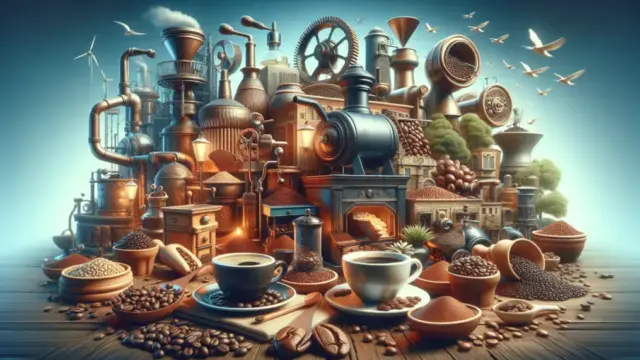




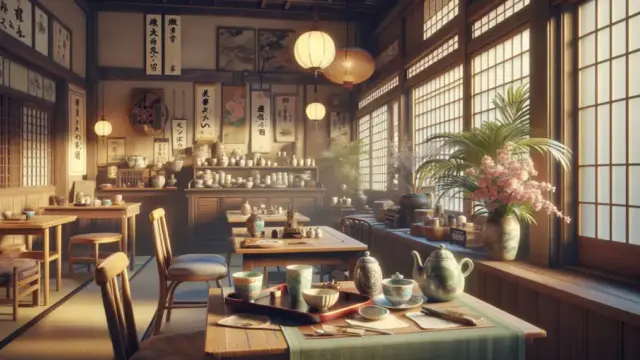


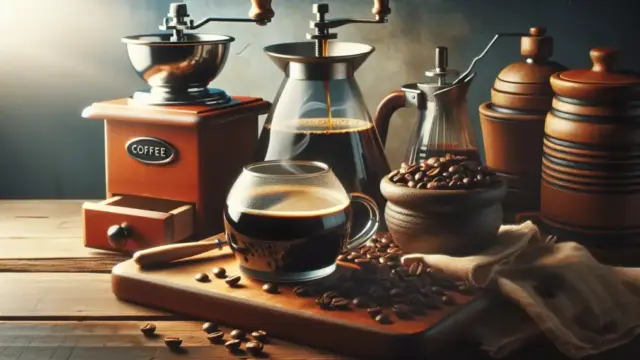



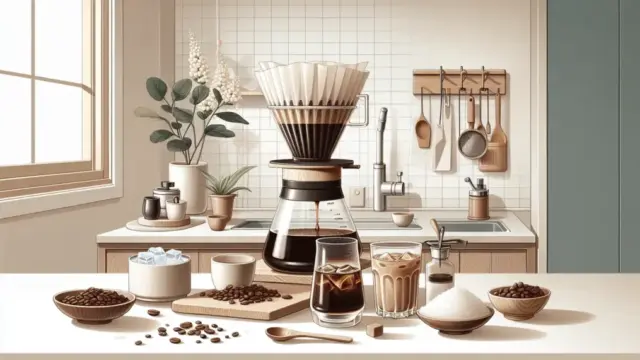
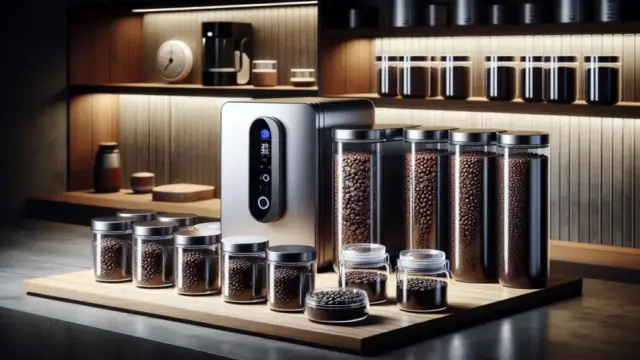










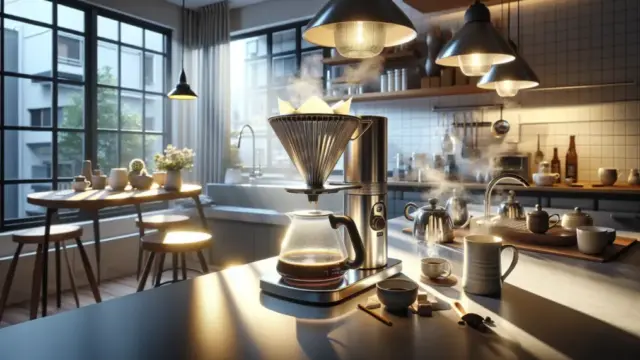
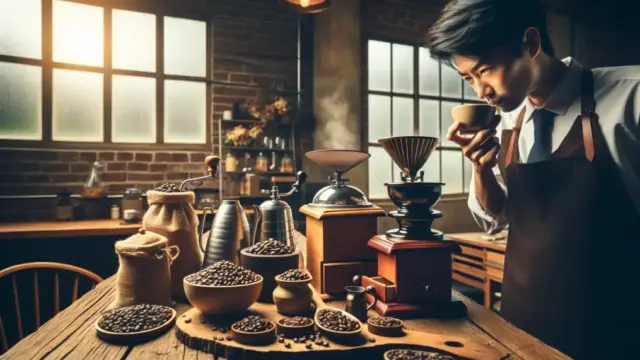











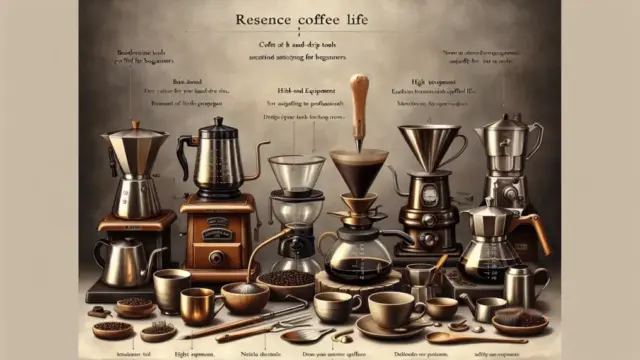
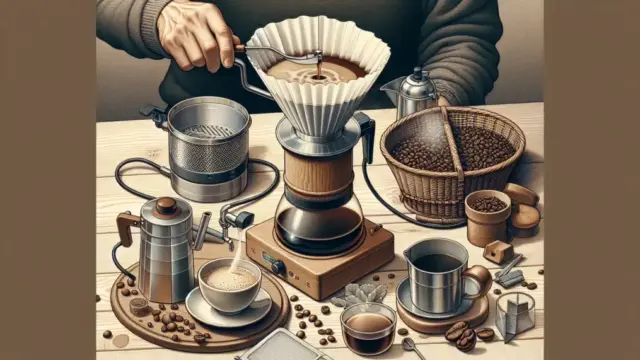





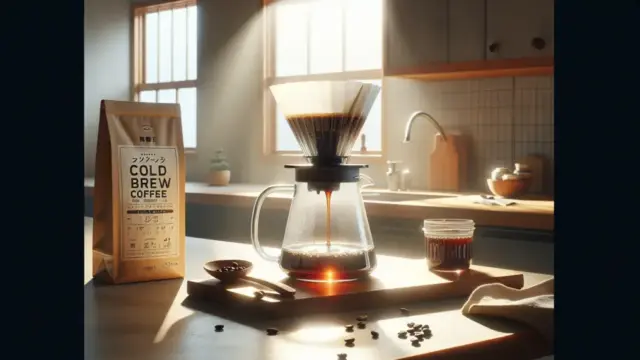
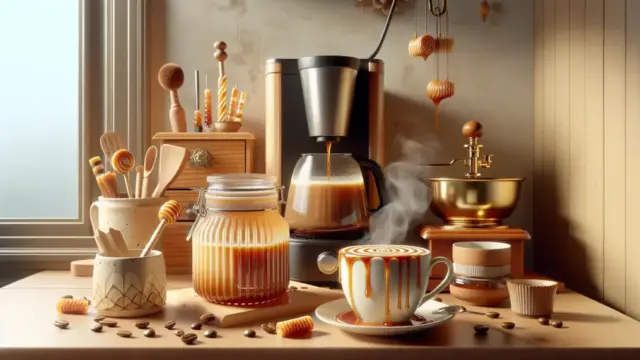



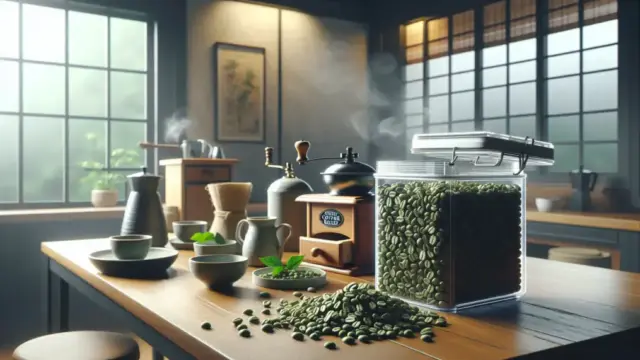



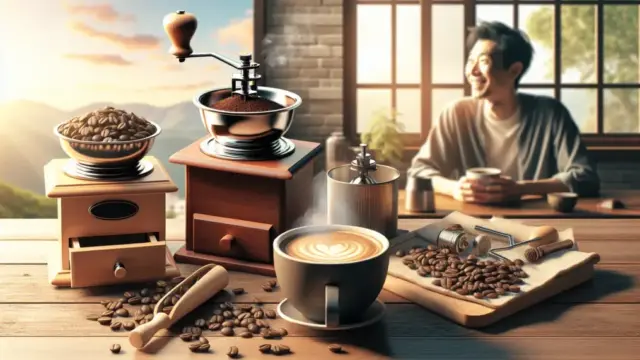



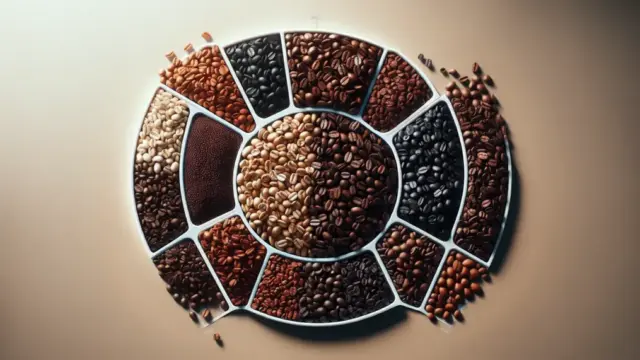

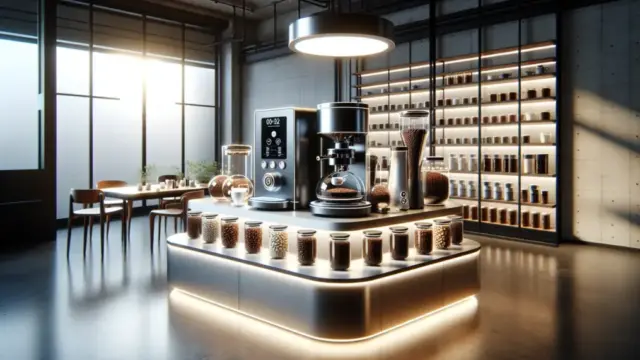






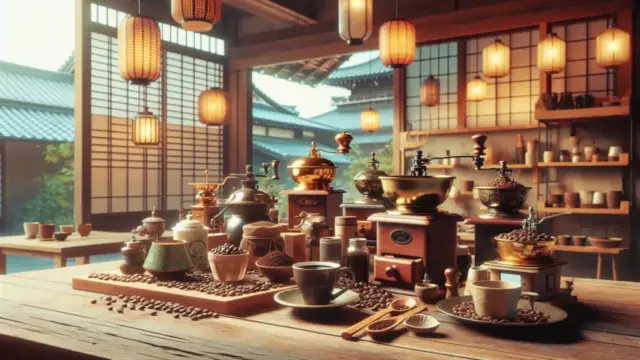

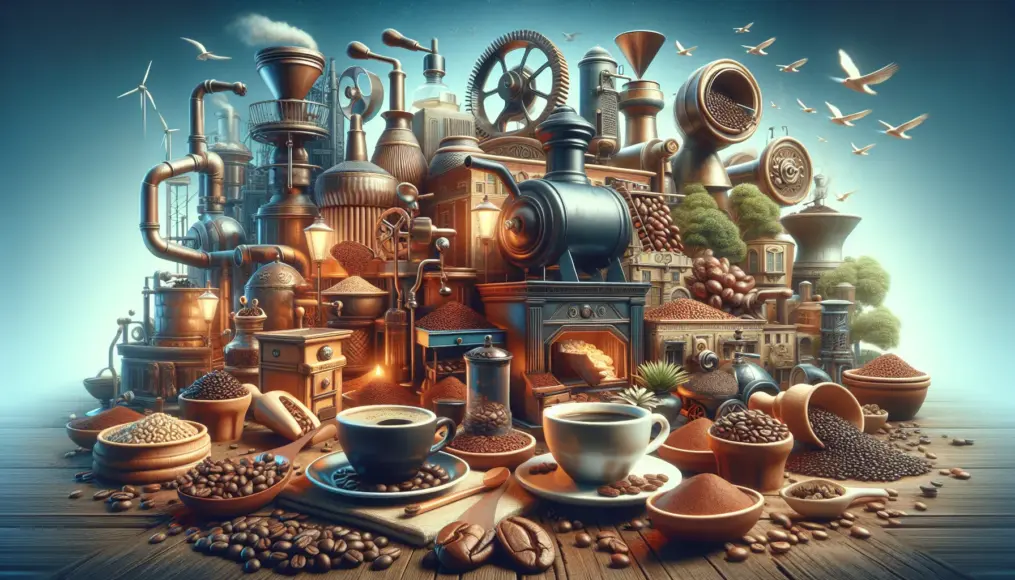
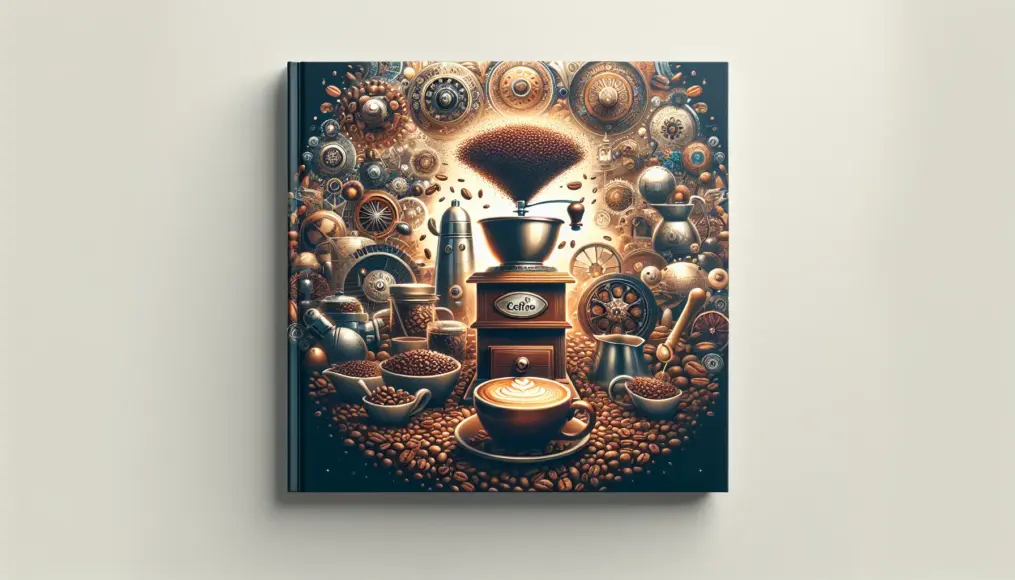
Comment